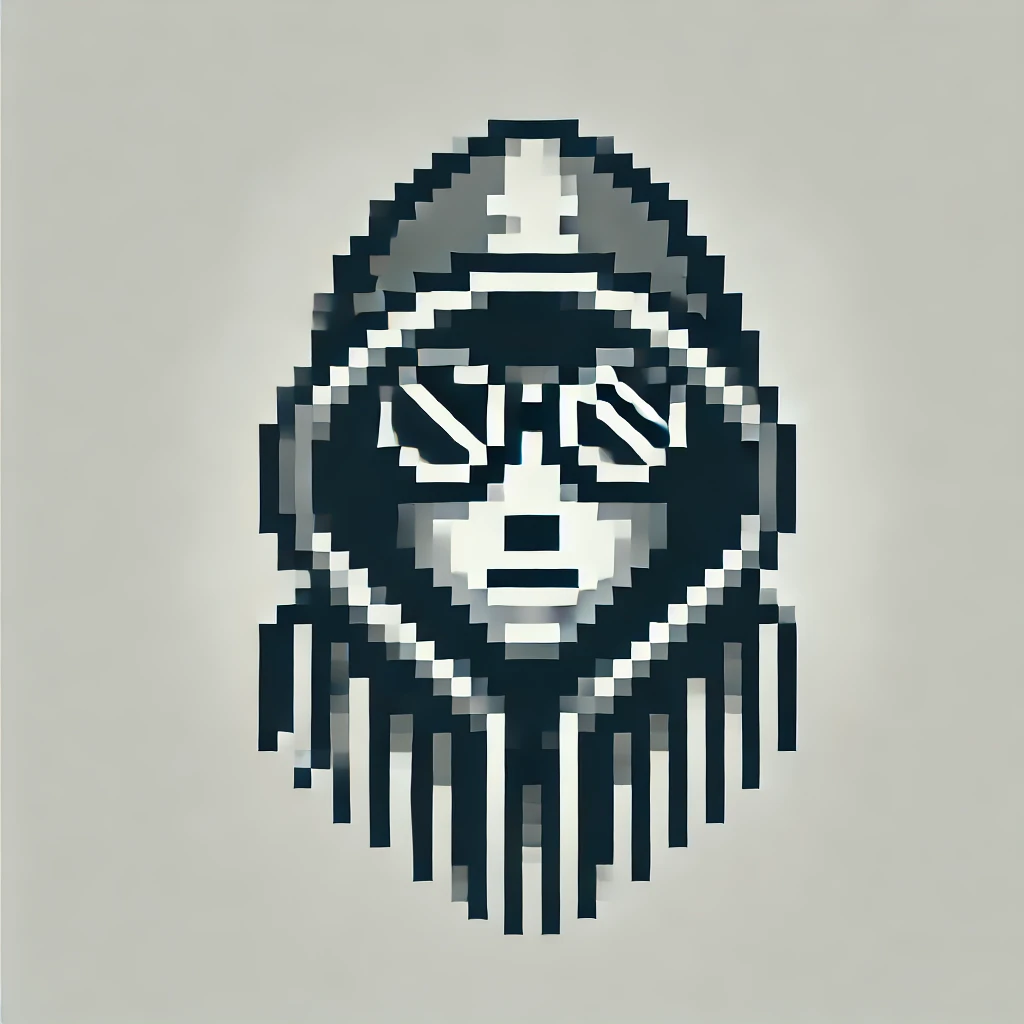From Data to Theory: A Qualitative Study of Pair Programming Expertise
by
August 15th, 2025
Audio Presented by

Pair Programming AI Companion. You code with me, I code with you. Write better code together!
Story's Credibility

About Author
Pair Programming AI Companion. You code with me, I code with you. Write better code together!